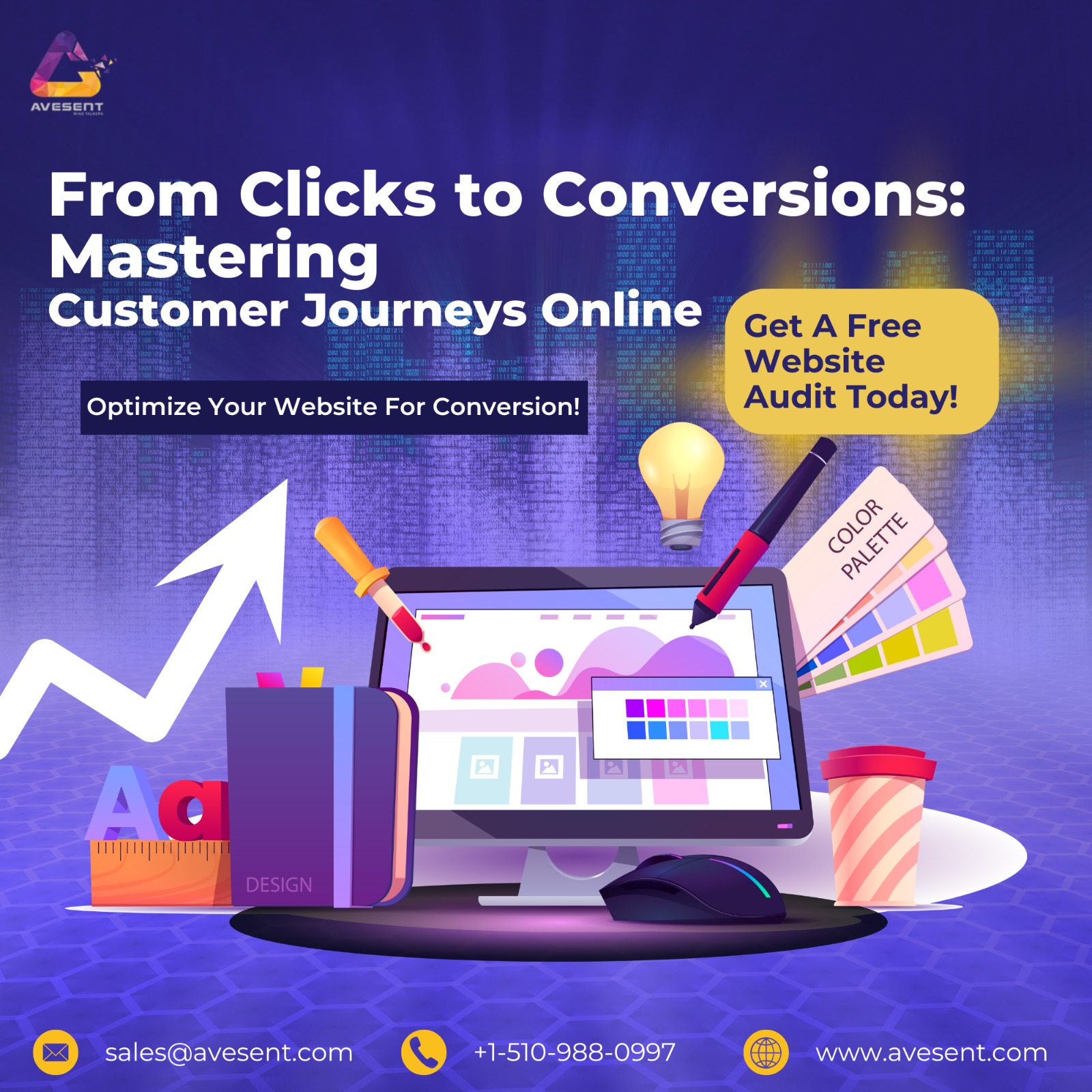In today’s digital world, getting people to click on your website or ad is just the beginning. The real success lies in converting those clicks into loyal customers. Every customer goes through a journey before making a purchase — from the first time they discover your brand to the moment they buy and even beyond. Understanding and mastering this customer journey is the key to growing your online business.
What is a Customer Journey?
A customer journey is the path a person takes from becoming aware of your product or service to finally making a purchase decision. It usually involves different stages:
- Awareness: The customer discovers your brand through ads, social media, blogs, or search engines.
- Consideration: They research and compare your offerings with competitors.
- Decision: They decide to buy your product or service.
- Retention: After purchase, they stay connected through emails, support, or loyalty programs.
- Advocacy: Satisfied customers recommend your brand to others.
Each stage plays an important role in shaping the final outcome — a conversion.
Why Mastering the Journey Matters
If you only focus on clicks, you might bring traffic but fail to convert. When you understand customer behavior at every stage, you can create personalized experiences that make people trust your brand and move forward confidently. This builds long-term relationships instead of one-time sales.
Tips to Master Online Customer Journeys
1. Map the Customer Journey
Start by visualizing the entire path customers take with your brand. Identify touchpoints like ads, landing pages, emails, and checkout pages. This helps you understand where customers drop off and how to improve those weak points.
2. Create Engaging Content for Every Stage
- Awareness stage: Use blogs, social media posts, and SEO to attract people.
- Consideration stage: Share case studies, comparisons, and reviews.
- Decision stage: Provide offers, free trials, or clear CTAs.
- Retention stage: Send follow-up emails and newsletters.
3. Optimize Your Website and Landing Pages
A slow-loading website or a confusing checkout page can cost you conversions. Ensure your site is fast, mobile-friendly, and easy to navigate. Keep your call-to-action (CTA) buttons clear and visible.
4. Personalize the Experience
Use data like browsing history, demographics, or past purchases to offer personalized recommendations. Customers are more likely to convert when they feel the brand understands their needs.
5. Use Marketing Automation
Email campaigns, retargeting ads, and chatbots help you stay connected with your customers without extra effort. For example, sending cart-abandonment emails can bring back lost customers.
6. Build Trust with Social Proof
Showcase testimonials, user reviews, and ratings. When new visitors see that others trust your brand, they feel more confident about purchasing.
7. Measure and Improve
Track important metrics like conversion rate, bounce rate, and customer lifetime value. Use tools like Google Analytics or heatmaps to see how users interact with your website. Keep testing and improving your strategies.
Conclusion
Turning clicks into conversions requires more than just attracting traffic. It’s about guiding your customers at every stage of their journey, from awareness to advocacy. By mapping their path, creating engaging content, personalizing experiences, and optimizing your digital touchpoints, you can master customer journeys online and build stronger, lasting relationships with your audience.




